While the world and his canine were basking in glorious sunshine in Lincolnshire during the first weekend in July, some distance to the south another group of enthusiasts were indulging in some aviation nostalgia of a very different variety, from a very different era. Saturday 6 July saw the Shuttleworth Trust put on its second Evening Flying Display of 2013 in perfect, tranquil conditions, and Chris Wood was there for GAR to soak up the atmosphere.
The idea behind the evening displays is that, as the wind is likely be less at the end of the day, there is more likelihood of there being an opportunity to fly the Trust’s Edwardian aircraft. Well that’s the theory anyway, and unlike this year’s previous evening airshow, on this occasion it worked! In fact the conditions could not have been better; clear skies, warm air and hardly a breath of wind all day.
The flying didn’t start until a quarter past six, although the gates had been open from midday, giving visitors plenty of time to view the Trust’s aircraft and have a picnic before settling down to enjoy the show.
The display was divided into sections representing different eras, and there were a few visiting aircraft to compliment those operated by the Trust. The first group of aircraft to grace the skies were a trio of aircraft built for a series of Daily Mail sponsored light aircraft trials held at Lympne, near Ashford in Kent, in the 1920s. First aloft was the 1924 ANEC II, which is a long term resident at Old Warden and had actually taken part in the 1924 trials.

© Chris Wood – globalaviationresource.com
It was joined in the sky by the BAE Systems-owned de Havilland DH 60X Moth, representing the DH 60 that took part in the 1926 trials.
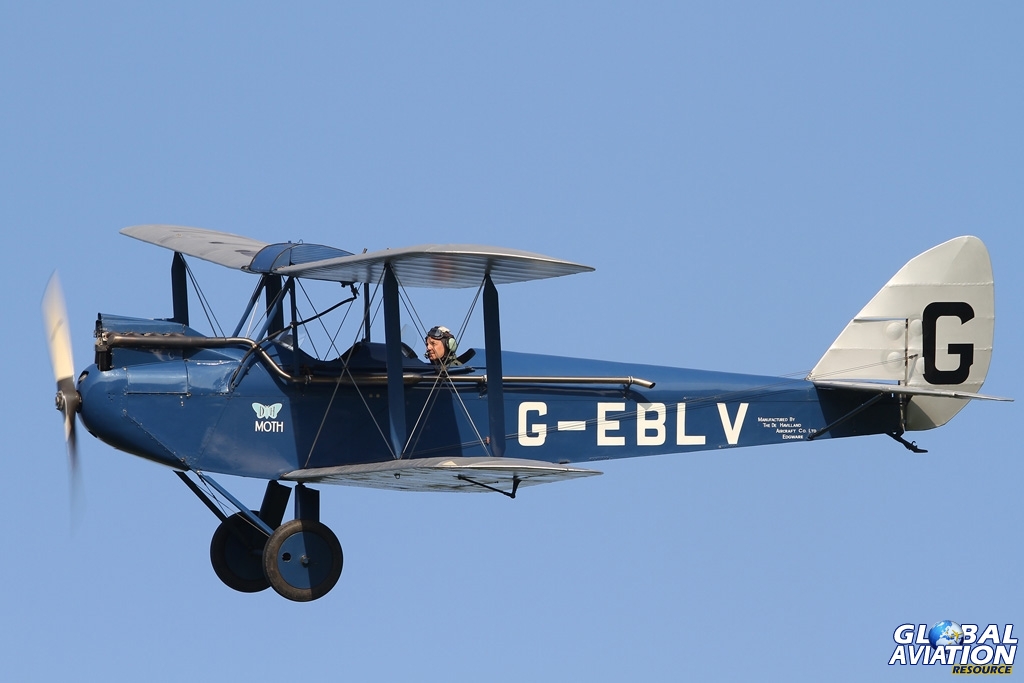
© Chris Wood – globalaviationresource.com
Representing the 1923 trials was the English Electric Wren, which flew sedately down the runway a couple of times, just inches off the ground.

© Chris Wood – globalaviationresource.com
Speeding the pace up was Mark Rijkse in his Yak C.11, the first of the visiting acts, opening the World War Two and post-war section.
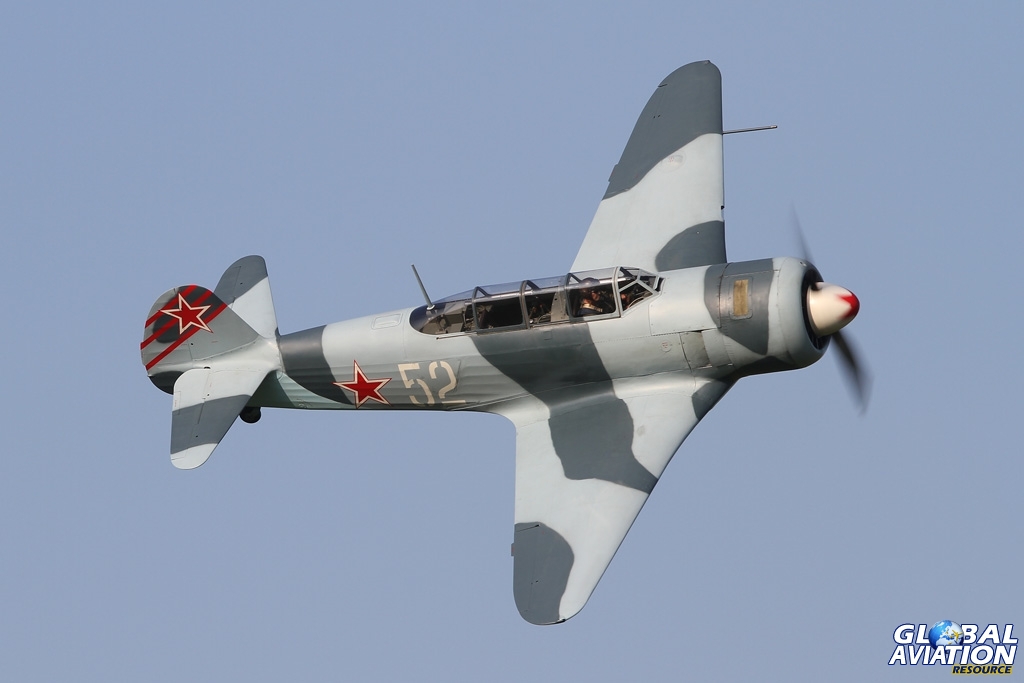
© Chris Wood – globalaviationresource.com
This was to have been followed by a Battle of Britain Memorial Flight Spitfire, but fuel issues resulted in it returning to Coningsby before it reached Old Warden. However the Royal Navy Historic Flight’s contribution in the shape of the Sea Fury T20, in the capable hands of Lt Cdr Chris Gotke, more than made up for the RAF non appearance! The first pass was in formation with the Trust’s Sea Hurricane, and it was great to see these Hawker beauties together, a sight made more unique as the Trust has the only airworthy Sea Hurricane in the world.
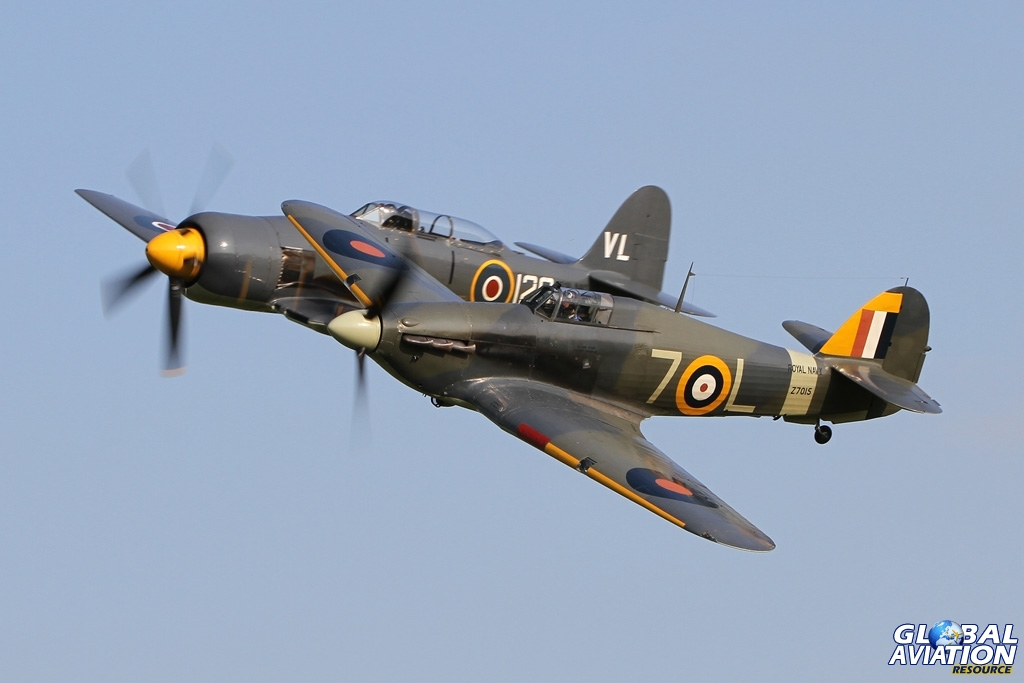
© Chris Wood – globalaviationresource.com
Chris then proceeded to tear the place up in a series of blistering passes, with virtually each and every one of them coming around the bend and giving a series of splendid top side views.

© Chris Wood – globalaviationresource.com
Once Chris Gotke had finished Chris Huckstep followed in the Sea Hurricane, with Chris providing the usual polished display which included some very low passes!
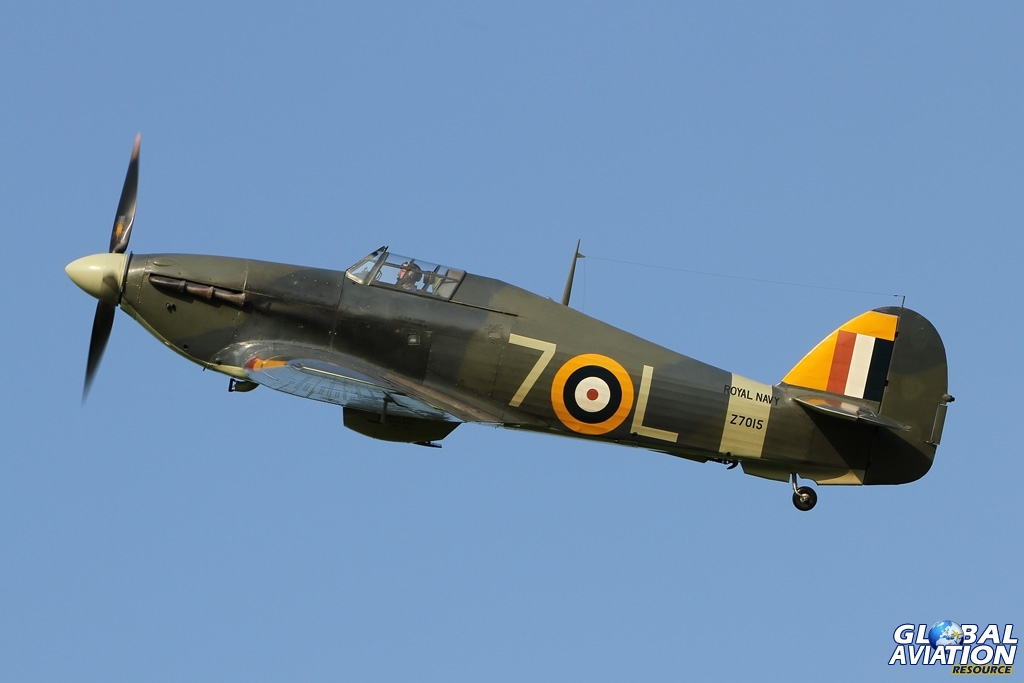
© Chris Wood – globalaviationresource.com
Slowing the pace back down was another visiting act in the shape of an Andreassen BA.4B, one of only a handful in the country. This one is owned and flown by former RAF and current British Airways pilot Mark Sharpe, who performed the afternoon’s only aerobatic routine.

© Chris Wood – globalaviationresource.com
Next it was the turn of the World War One aircraft and these were led by the Avro 504K, in its recently applied NIVO (Night Invisible Varnish Orfordness) markings.

© Chris Wood – globalaviationresource.com
This was joined by the the Bristol F2B Fighter, followed by the SE5a.
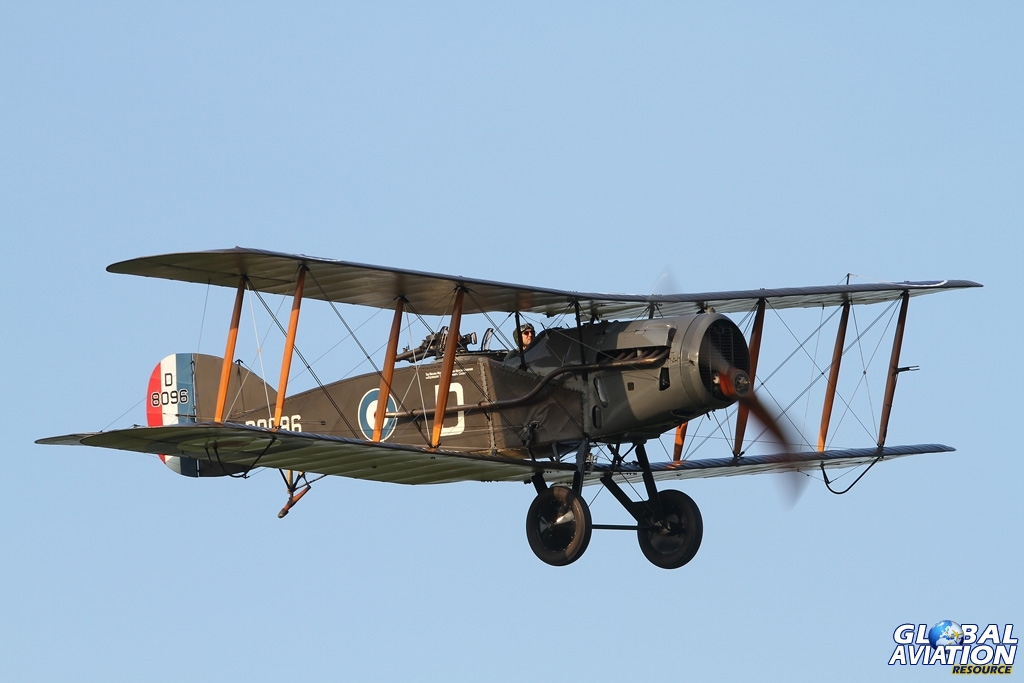
© Chris Wood – globalaviationresource.com

© Chris Wood – globalaviationresource.com
Rounding off this section was the Sopwith pair of original 1920 Pup and replica Triplane (or “late production model”, as Sir Tommy Sopwith referred to it!).

© Chris Wood – globalaviationresource.com

© Chris Wood – globalaviationresource.com
There was then a short interlude to allow most of the visiting aircraft to depart, giving them time to return to their home airfields in daylight, before the finale of the flying display. In amongst the Cessnas was Will Greenwood in his Gomhouria (Egyptian built Bucker Bestmann) and a former Botswana Defence Force Scottish Aviation Bulldog.

© Chris Wood – globalaviationresource.com
The last part of the display was the bit that everyone was waiting for, the whole reason for having an evening display. Leading the group of Edwardian aircraft were two replicas that were originally built for that wonderful film “Those Magnificent Men in their Flying Machines” (if you haven’t seen it, go and buy it now!)
The Bristol Boxkite was airborne first.

© Chris Wood – globalaviationresource.com
This was joined by the Avro Triplane which now wears the colours it wore for the film.

© Chris Wood – globalaviationresource.com
After a few solo passes these two flew together around the airfield for quite some time (well, they were flying slowly!) before settling back on to the grass.

© Chris Wood – globalaviationresource.com
The last three aircraft in the display all have the distinction of being over 100 years old, and all are still airworthy. The 1910 Deperdussin Monoplane was first, in the hands of Chris Huckstep, and he flew a few hops down the runway.

© Chris Wood – globalaviationresource.com
This was followed by Keith Dennison in the 1909 Bleriot XI which managed a hop in either direction before the wind, which had been benign all day, started to pick up a little (contradicting the wind theory!)

© Chris Wood – globalaviationresource.com
There was a short pause, and some speculation about whether the wind would curtail the day’s activities, before the 1912 Blackburn Monoplane finally took to the sky.

© Chris Wood – globalaviationresource.com
This is the oldest British- built aeroplane still flying anywhere in the world, and in the capable hands of “Dodge” Bailey it flew a few circuits of the airfield before alighting back on the grass, to a big round of applause, to close the show.
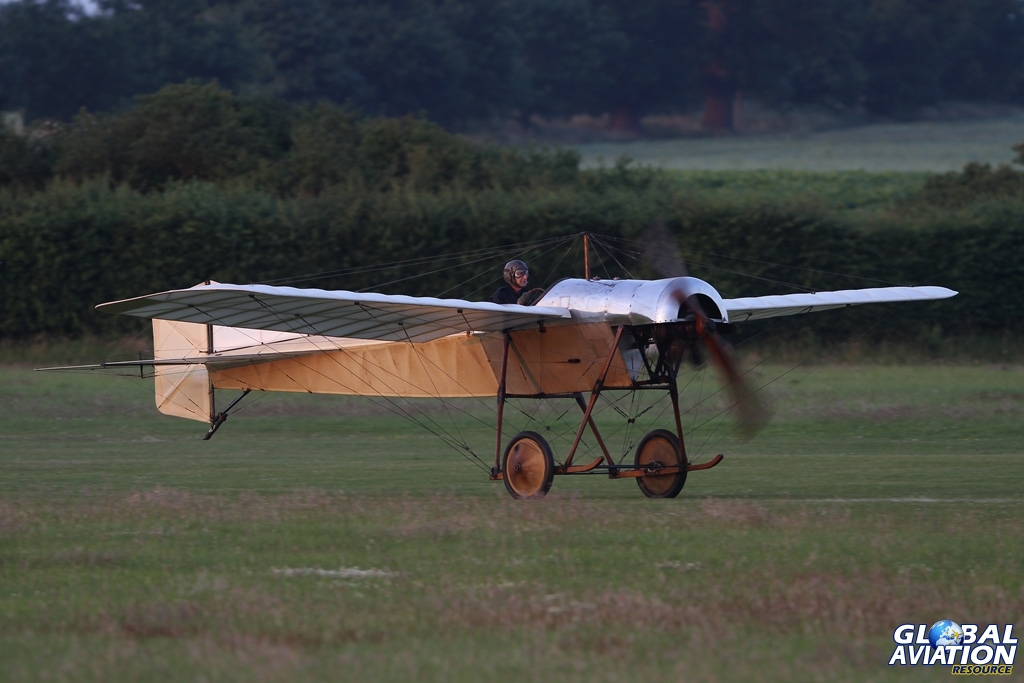
© Chris Wood – globalaviationresource.com
Old Warden is a unique place that offers aviation experiences like nowhere else (with the possible exception of Old Rhinebeck, near New York). Where else can you see original World War One aircraft in the air, or watch aircraft that are over 100 years old take to the sky? The glorious weather of early July provided some gorgeous light and allowed the Shuttleworth Trust to do what it does best, long may it continue to do so.

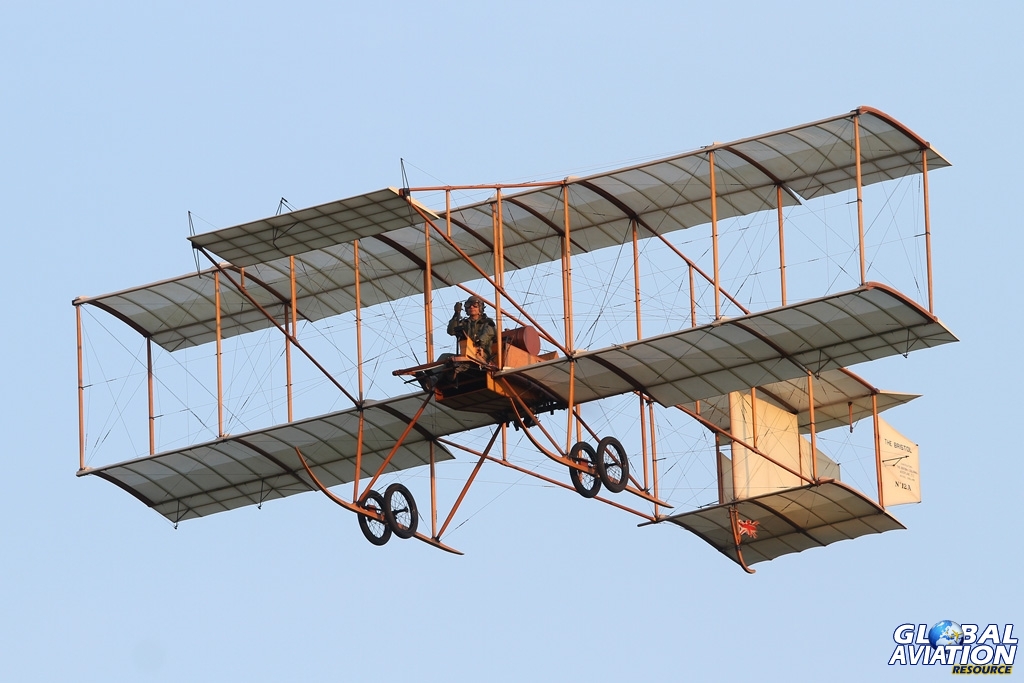

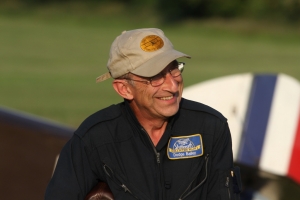







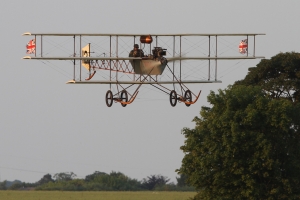
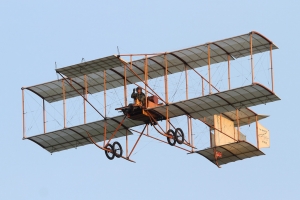


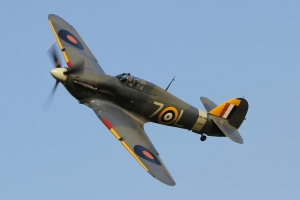
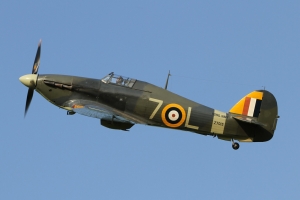




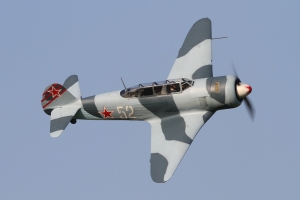
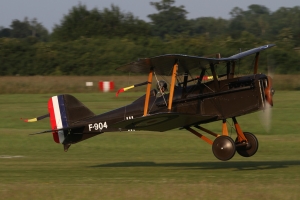
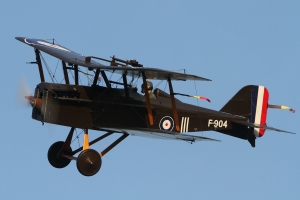

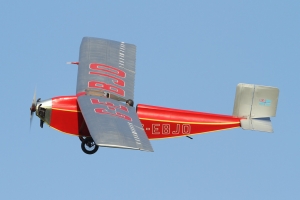




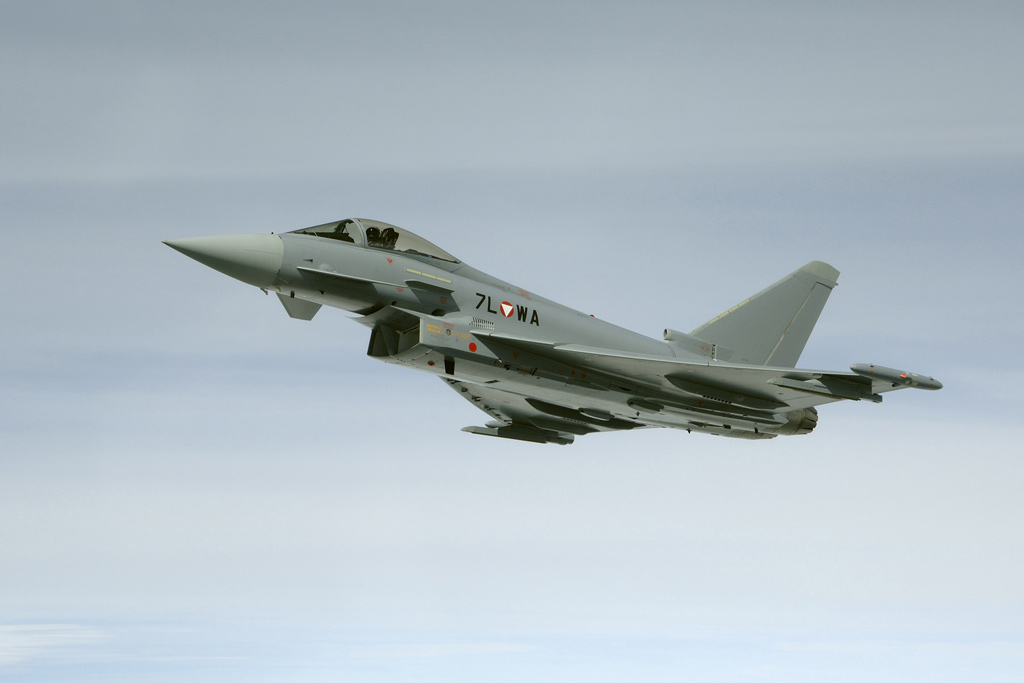
Tim train me. Teach me all you know Andy ex Soldier. Barry Thompson also trained me. One life. Train me, help me.
Andy 07479 001509
Beautiful article,beautiful aircraft.
Thank You.
Tim can you teach me all you know.
Barry Thompson trained me.